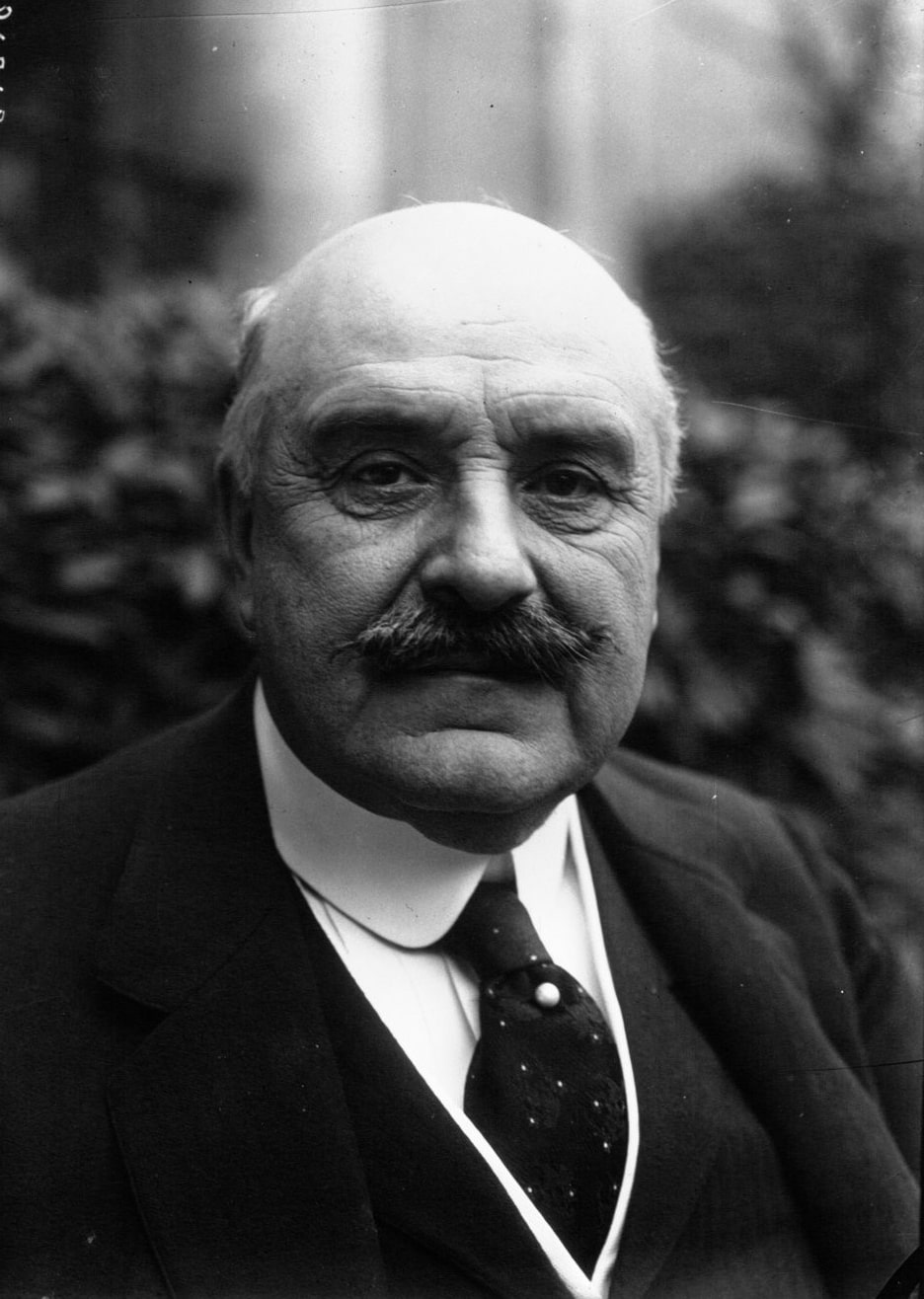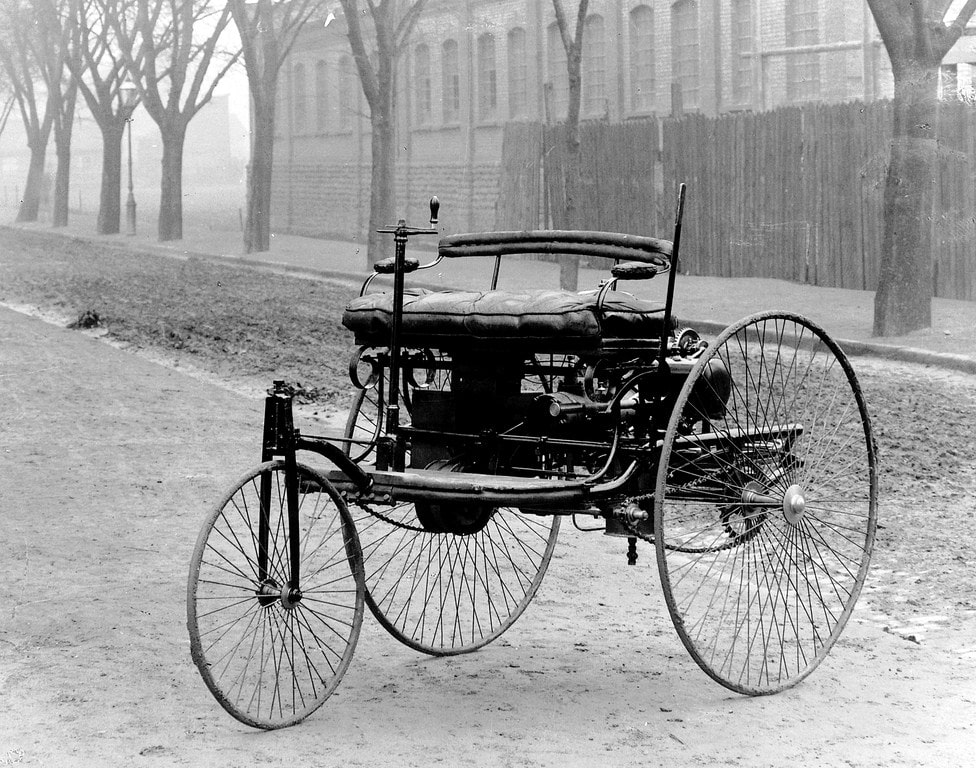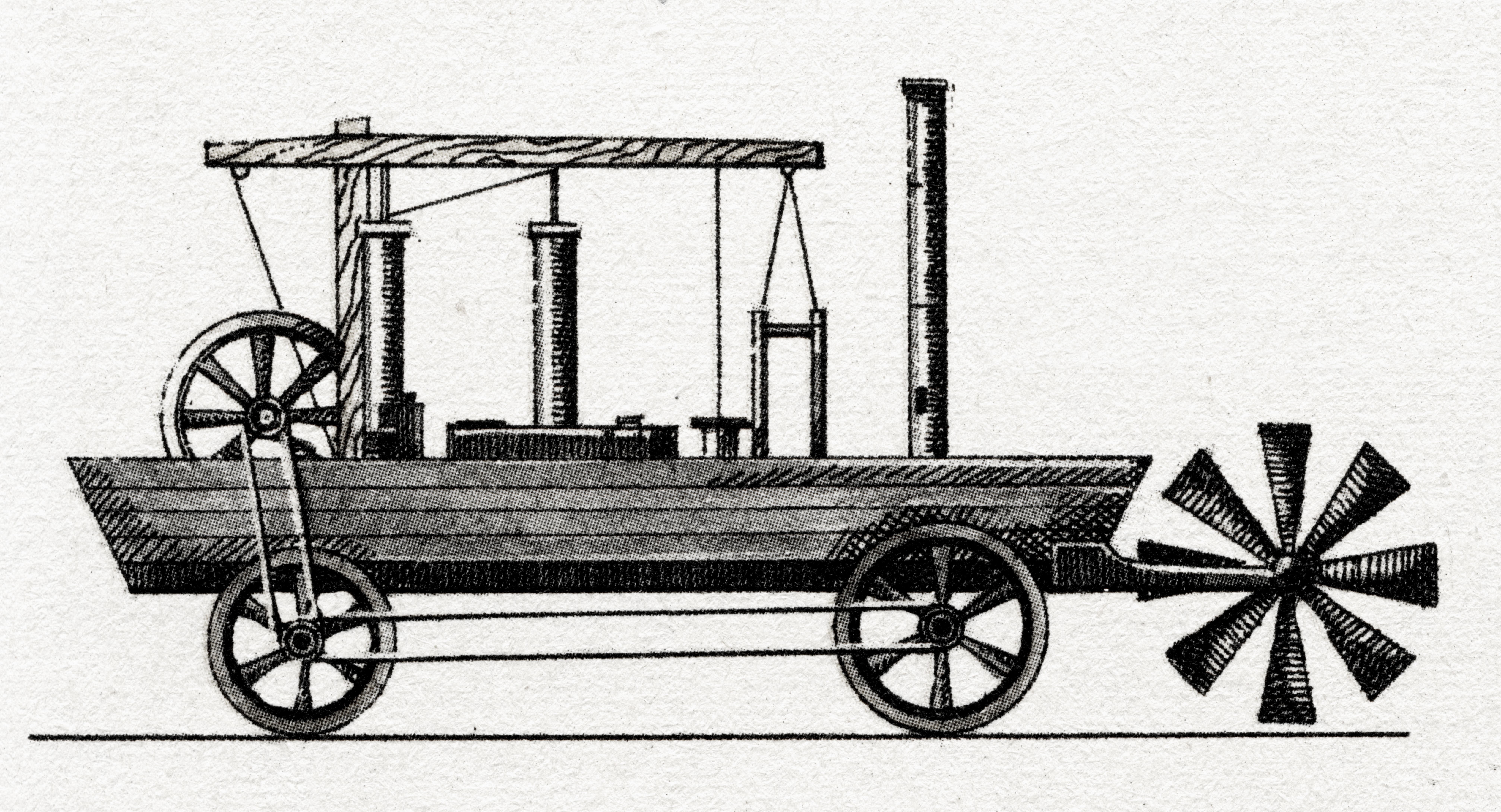History of the Automobile - The Origins of the Automobile: When Steam Powered the World

Long before the internal combustion engine took its place under the hood, steam was paving the way for land transportation. Between 1770 and 1830, engineers and inventors on both sides of the Atlantic competed in ingenuity to create the first steam-powered vehicles, remarkable feats of mechanics in their time.
It all began in 1769 when Nicolas-Joseph Cugnot tested a scaled-down model of his invention before moving to the next stage. In 1770, he designed the famous fardier, an imposing vehicle intended for transporting heavy loads. Meanwhile, in Switzerland, Isaac de Rivaz started experimenting in 1775 with adapting steam technology to horse-drawn carriages, a project he refined until the 1810s.
The following decade saw an acceleration in the race toward the steam coach. In 1781, William Murdock, an assistant to James Watt, unveiled his prototype, quickly followed by the pioneering work of Scottish engineer William Symington in 1786.
Progress soon crossed borders. In 1803, Richard Trevithick made a sensation in London by testing his steam-powered vehicle on the capital's roads. In the United States, inventor Oliver Evans thought even bigger: in 1805, he introduced the Oruktor Amphibolos, a revolutionary amphibious vehicle that proudly rolled through the streets of Philadelphia.
Far from losing momentum, the rise of steam-powered vehicles intensified. In 1826, Goldsworthy Gurney introduced a steam omnibus service connecting Highgate Hill to Stanmore, while Walter Hancock launched the Steam Carriage Company in the 1830s, operating regular lines between London and Paddington. Even the emergence of railroads in the 1840s couldn’t halt this progress. In the 1880s, as modern automobilism concepts began to emerge, steam engines continued to compete with electric and petroleum-based engines.
France, for its part, became a hub of innovation. Amédée Bollée and Léon Serpollet established themselves as major figures, while Albert de Dion built his fortune on steam-powered tricycles before becoming a giant in the automotive industry. Steam technology retained a loyal customer base until the 1910s, but gradually, it gave way to the increasing power and practicality of gasoline engines.
Jules-Albert de Dion 1936
Ultimately, after more than a century of bold innovations, steam power faded from the automotive scene, leaving behind an invaluable technical and historical legacy. It was in this transition—marked by engineering breakthroughs and an explosion of new ideas—that the internal combustion engine era truly began.
From Steam to Internal Combustion: The Rise of Modern Engines
While steam-powered vehicles still dominated the roads at the end of the 19th century, a new technological revolution was about to reshape transportation. The invention of the internal combustion engine would lay the foundation for modern automobiles, offering more compact, efficient solutions that would soon become accessible to the masses.
Étienne Lenoir and the First Gas Engine (1860)
The first major step in this revolution was taken in 1860 by Belgian engineer Étienne Lenoir. He designed the very first internal combustion engine running on gas—an innovation with industrial potential. To demonstrate its capabilities, Lenoir installed the engine in a rudimentary vehicle that, according to some accounts, traveled several kilometers through the streets of Paris. Although his invention met with limited success, the idea of an internal engine burning fuel—initially gas, later gasoline—had been born, paving the way for decisive developments.
Karl Benz and the First Modern Automobile (1886)
The next step was taken by Karl Benz, now recognized as one of the founding fathers of the modern automobile. In 1886, he patented the Benz Patent-Motorwagen, a gasoline-powered three-wheeler operating on the Otto cycle. This vehicle, capable of reaching 15 km/h, marked a historic turning point. Although rudimentary—lacking a steering wheel and using a simple tiller for navigation—the Patent-Motorwagen was the first vehicle specifically designed around a gasoline engine.
Nikolaus Otto and the Four-Stroke Engine (1876)
In 1876, German mechanic Nikolaus Otto introduced a groundbreaking advancement with his patent for the four-stroke engine, also known as the Otto cycle. This technology significantly improved combustion engine efficiency by optimizing the phases of intake, compression, combustion, and exhaust. More reliable, powerful, and compact, these engines formed the foundation for systems still in use today.
Gottlieb Daimler and Wilhelm Maybach: Visionary Pioneers
Meanwhile, in Germany, Gottlieb Daimler and Wilhelm Maybach were making major contributions to combustion engine development. In 1885, they installed a gasoline engine on a bicycle, creating the Reitwagen, the first two-wheeled motorized vehicle. The following year, in 1886, they advanced to designing a four-wheeled vehicle equipped with a similar engine. Among their most notable innovations was the modern carburetor, which would permanently transform the efficiency and reliability of gasoline engines worldwide.
Expansion and Industrialization: The Golden Age of the Internal Combustion Engine
By the late 19th century, advancements in metallurgy and mechanical engineering significantly improved the reliability of internal combustion engines. At the same time, specialized workshops such as Panhard & Levassor and Peugeot in France, as well as Benz & Cie and Daimler in Germany, began mass-producing vehicles.
Across the Atlantic, Henry Ford would soon revolutionize the industry with the introduction of mass production, making automobiles affordable to a much larger audience.
Competition between gasoline, steam, and electric engines was fierce. However, thanks to their power, range, and declining production costs, gasoline-powered vehicles quickly became the preferred choice. By the early 20th century, the internal combustion engine had established itself as the dominant technology, marking the end of the steam car era and the dawn of the modern automobile.


 En
En  Fr
Fr 







